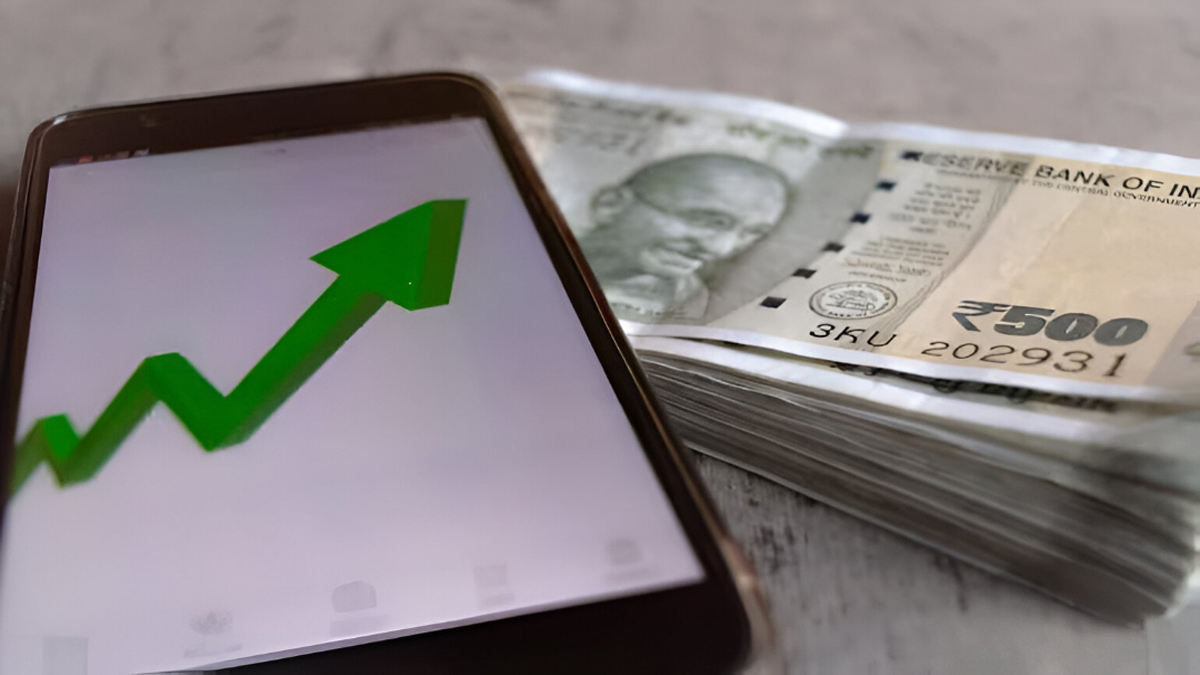Now Reading: World Bank Trims India’s FY26 Growth Forecast to 6.3% Amid Global Headwinds
-
01
World Bank Trims India’s FY26 Growth Forecast to 6.3% Amid Global Headwinds
World Bank Trims India’s FY26 Growth Forecast to 6.3% Amid Global Headwinds

The World Bank has adjusted its growth projection for India for the fiscal year 2025-26, lowering it to 6.3%. This revision, down from the 6.7% forecast in January, primarily stems from a cautious outlook on India’s export performance and a deceleration in investment growth, both significantly influenced by a turbulent global economic landscape. While India is still expected to remain the fastest-growing major economy, the updated forecast highlights the ongoing challenges posed by international trade tensions and policy uncertainties.
The downward adjustment of 0.4 percentage points reflects the World Bank’s latest ‘Global Economic Prospects’ report, released on Tuesday, June 10, 2025. The report underscores a broader global slowdown, with the overall world growth forecast also cut to 2.3% for 2025 – the slowest pace since 2008, excluding outright global recessions. This global instability has prompted growth forecast reductions in nearly 70% of all economies across various regions and income groups.
The Export Challenge: Weaker Demand and Trade Barriers
A significant factor contributing to India’s revised growth outlook is the subdued performance of its exports. The World Bank report points to weaker activity in key trading partners and a rise in global trade barriers as dampening India’s outbound shipments. In an increasingly protectionist global environment, where trade disputes and tariffs are becoming more prevalent, Indian exporters face headwinds that limit their ability to expand into international markets.
Subdued export growth can have a multifaceted impact on an economy. For India, a slowdown in exports could translate to reduced foreign exchange earnings, potentially widening the trade deficit and putting pressure on the domestic currency. Furthermore, export-oriented industries might experience slower production, affecting employment generation and overall industrial output. While India’s services sector has shown resilience and is expected to partially offset this, the manufacturing sector, a crucial component of exports, is particularly vulnerable to these external pressures.
Investment Slowdown: Global Uncertainty a Key Factor
Compounding the export concerns is an anticipated slowdown in investment growth within India. The World Bank attributes this primarily to a surge in global policy uncertainty. Businesses, both domestic and foreign, tend to be more cautious about making significant investments during periods of heightened geopolitical tensions and unpredictable policy environments. This hesitation can affect capital expenditure, capacity expansion, and the adoption of new technologies, all of which are vital for sustained economic growth.
Lower investment rates can have long-term implications for India’s economic potential. Reduced capital formation can hinder productivity improvements, limit job creation in sectors beyond services, and slow down infrastructure development. While the Indian government has been actively pursuing measures to boost domestic investment and attract foreign direct investment (FDI), the pervasive global uncertainty presents a considerable hurdle.
Resilience Amidst Challenges
Despite the revised forecast, the World Bank acknowledges India’s underlying economic resilience. The report notes that robust services activity and a recovery in agricultural output, supported by resilient demand in rural areas, have provided some cushioning against the global shocks. Looking ahead, the World Bank projects a recovery in India’s growth to an average of 6.6% per year in FY27 and FY28, partly fueled by a revival in export growth driven by strong services.
However, the current outlook serves as a crucial reminder of the interconnectedness of the global economy. For India, navigating this challenging period will require a strategic approach to enhance domestic demand, diversify export markets, and continue policy reforms that foster a stable and attractive investment climate. The focus will likely remain on strengthening macroeconomic fundamentals and pursuing opportunities for broader liberalization and integration into global value chains, as suggested by the World Bank, to mitigate the impact of external vulnerabilities and secure a path of sustainable growth.










